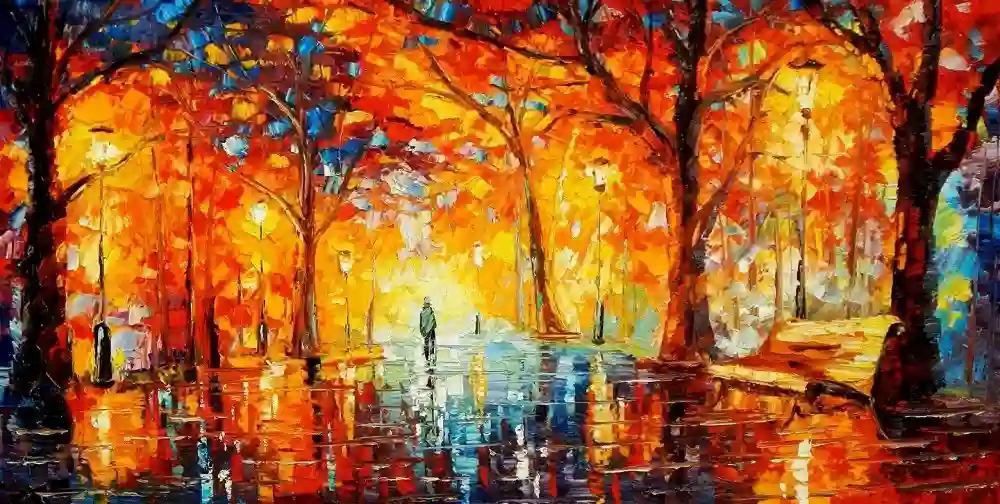Color is at the heart of every great oil painting. It has the power to evoke emotions, set the mood, and bring life to your canvas. As an oil painter, mastering the art of color mixing is essential for creating vibrant and captivating artworks. In this article, we’ll explore the techniques, tips, and tricks that will help you achieve stunning color combinations and elevate your oil paintings to new heights.
Understanding the Color Wheel:
Before diving into advanced color mixing, it’s crucial to understand the basics of the color wheel. The color wheel is a visual representation of the relationships between colors. It consists of primary colors (red, blue, and yellow), secondary colors (orange, green, and purple), and tertiary colors (created by mixing a primary and a secondary color).
Tip 1: Begin with a Limited Palette:
When starting a new painting, begin with a limited palette of colors. This not only simplifies the mixing process but also encourages creativity within constraints. A common limited palette consists of the primary colors (red, blue, yellow) and white. From this foundation, you can create a wide range of colors.
Tip 2: Mix Colors Gradually:
When mixing colors, start with small amounts and gradually adjust the ratios until you achieve the desired hue. This approach allows for better control over the mixing process and avoids over-saturation or waste of paint.
Tip 3: Keep a Record of Mixtures:
Maintain a color mixing journal or chart where you record the proportions of each color used to create specific shades. This reference will be invaluable for achieving consistency in your artworks.
Tip 4: Understand Color Temperature:
Colors can be warm (reds, oranges, yellows) or cool (blues, greens, purples). Understanding color temperature is essential for creating depth and dimension in your paintings. Experiment with warm and cool color combinations to add complexity to your compositions.
Tip 5: Experiment with Complementary Colors:
Complementary colors are pairs of colors that are opposite each other on the color wheel (e.g., red and green, blue and orange, yellow and purple). When placed next to each other, complementary colors create contrast and vibrancy. Use this knowledge to create eye-catching focal points in your artwork.
Tip 6: Consider Value and Saturation:
In addition to hue, consider the value (lightness or darkness) and saturation (intensity) of colors. Mixing a color with white or black can alter its value, while adding gray can desaturate it. Pay attention to these aspects to create depth and visual interest.
Tip 7: Embrace Glazing Techniques:
Glazing involves applying transparent layers of color over a dry base layer. This technique can create luminous and ethereal effects. Experiment with glazing to add depth, richness, and subtlety to your oil paintings.
Tip 8: Use a Limited Color Palette for Harmony:
For a harmonious color scheme in your artwork, limit your palette to a few colors that share a common theme. This approach creates a cohesive and visually pleasing composition.
Tip 9: Practice Color Mixing Exercises:
Regularly engage in color mixing exercises to refine your skills. Try creating gradients, color transitions, and color harmonies on a separate canvas or mixing palette. These exercises will help you gain confidence and intuition in color mixing.
Tip 10: Trust Your Intuition:
While technical knowledge is essential, don’t underestimate the power of intuition in color mixing. Trust your artistic instincts and allow yourself to explore unconventional color combinations. Sometimes, the most unexpected mixes lead to the most captivating results.
Conclusion:
The art of color mixing is a journey of exploration and discovery for oil painters. By understanding the color wheel, embracing techniques like glazing, and experimenting with complementary colors, value, and saturation, you can elevate your artwork to new levels of vibrancy and expressiveness. Remember that color mixing is both a science and an art; it requires practice, patience, and a willingness to explore the limitless possibilities of the color palette. So, pick up your brushes, mix your colors, and let your creativity shine through on canvas.








